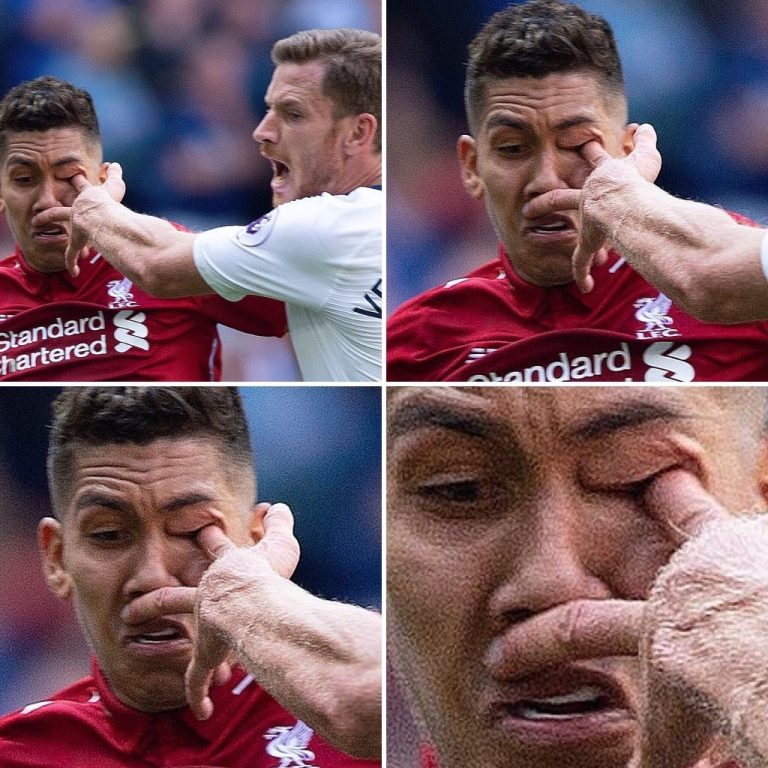Emergency services treat numerous eye injuries caused by sports. There are many sports that put the eyes at risk, but there is effective protection for most of them. The problem is that in some cases they are not used correctly, and in others they are simply not used.

In general terms, the sports that cause most eye injuries are those that use small balls (tennis, paddle, hockey, golf, squash …), contact (boxing) and team matches where you can receive kicks from other participants (basketball, football, water polo).
“All sports that include a ball, bat, racket or hockey stick can cause eye injury,” emphasizes Alvaro Fernández-Vega Sanz, Retina Director. and Vitreus from the Fernandez Vega Ophthalmological Institute. “In our country, especially in our country, paddle tennis is one of the sports that causes the most eye injuries as a result of the bouncing of the ball, direct hit or racket of yourself or your partner when playing in a confined space.”
In the United States, where the risks of physical activity to the eyes are best documented, it is estimated that more than 40,000 sport-related eye injuries occur annually. Basketball is the leading cause, followed by baseball, softball, airsoft, machine guns, racquetball, and ice hockey, according to a study cited by the American Academy of Ophthalmology (AAO).
Fernandez-Vega explains that in addition to flying objects at high speed, “fingers, elbows and shoulders also cause eye injuries” in athletes “, so there is no need to weaken protective measures in sports such as basketball , swimming or futsal.

Paintball Risks
Some war games, like airsoft or paintball, can be far more dangerous than meets the eye. The ophthalmologist warns that paintball “produces a large number of devastating eye injuries as his weapon fires paintballs at nearly 300 km / h.” Although the use of a safety helmet is mandatory, “the reality is that most injuries occur when the competitor takes off the helmet for a few seconds, because it is painted with paint, or for any other reason.
In a retrospective study at a center in Miami, USA, 86% of patients with eye wounds of this origin were male, and 81% required eye surgery. 22% were required to remove the affected eye and 50% were considered legally blind of that eye at the end of the process. “These figures show the severity of these injuries,” emphasizes Fernandez-Vega.
Best Defense
Wearing safety glasses with polycarbonate lenses, a material that is highly impact resistant, is the best way to prevent eye injuries caused by sports such as table tennis, basketball and others. The expert advises buying them in specialized optics and points out that “ordinary glasses that can split and complicate the situation do not work.”
On the other hand, remember to take other equally necessary precautions to protect your eyes while playing sports. For example, “contact lenses should never be worn while swimming due to the high risk of a serious corneal infection.”
The most suitable protection depends on the sport. For this reason, in disciplines such as ice hockey, it is recommended to use a helmet with a polycarbonate visor for eye safety.
For athletes who perform most of their outdoor activities, such as athletes or cyclists, the use of sunglasses is very important (greater than 3) as prolonged exposure to the sun and air can cause damage retinal and dry eyes, respectively.
Most common injuries
Injury and injury from exercise can be very different. Here are some examples:
-
Retinal detachments from impacts in sports such as boxing or squash.
-
Corneal erosion that occurs when a layer of cells on the surface of the cornea (epithelium) detaches from the layer of the cornea below it.
-
Foreign bodies (usually from the playing field) that can affect the cornea, conjunctiva or sclera.
-
Orbital bone fracture.
-
Laceration of the eyelid or eyeball.
-
Damage to the tissues surrounding the eyes.
